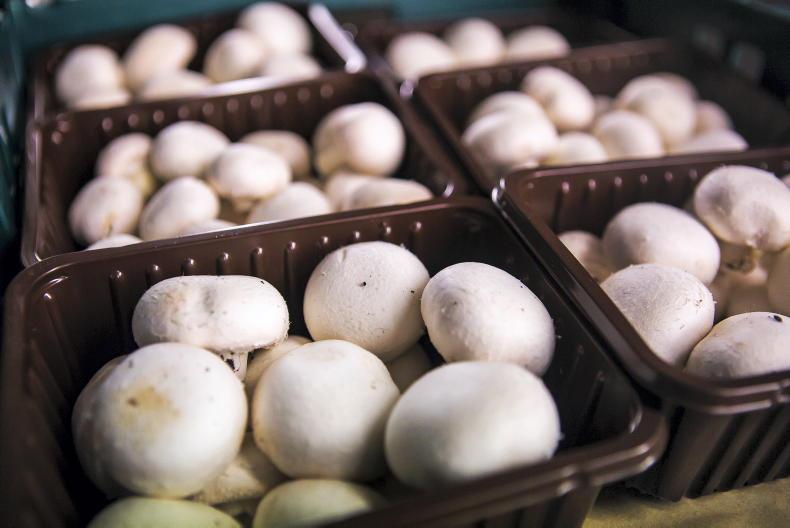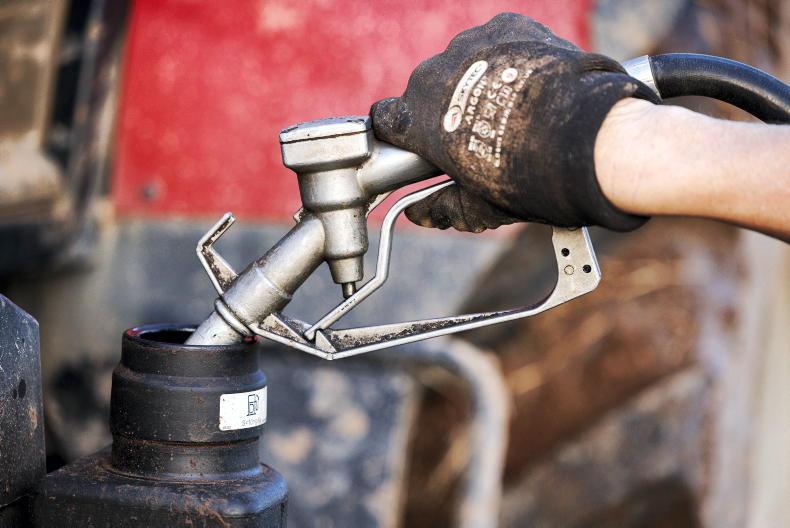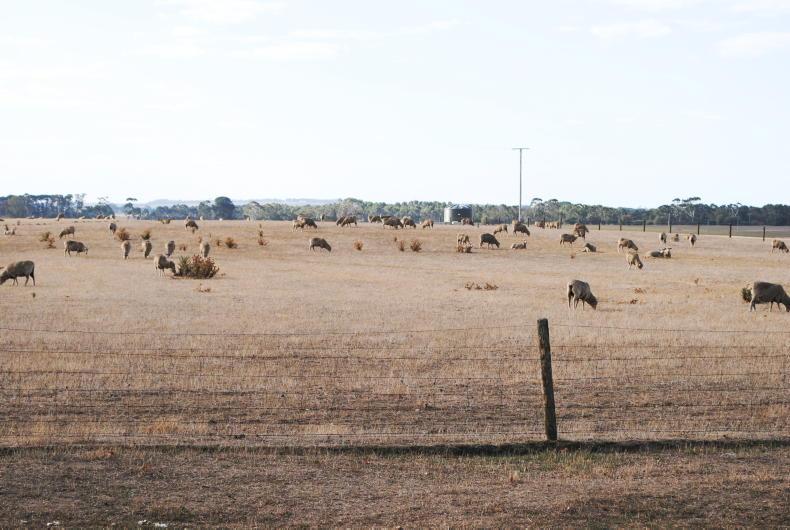Poland, the largest producer of mushrooms in Europe and third-largest in the world, has lost approximately 3m Ukrainian mushroom pickers as a result of the war with Russia.
A large amount of Poland's mushroom production takes place in the western part of the country, so, as a result, the mushroom industry avails of many of these immigrant workers.
President of the Polish Mushroom Association Dr Kyrstian Szudyga told the Irish Farmers Journal that mainly Ukrainian women worked in the mushroom industry, but they have now returned home with their husbands who are fighting for their country.
Increased costs
Poland produces 300,000t of mushrooms in Europe, compared with 62,000t produced in Ireland.
Speaking at a European Mushroom Growers Group conference in the RDS, Dublin, on Wednesday, he also said that mushroom production costs have increased massively in the last year.
Energy, labour, packaging and transportation costs have doubled and tripled in some cases.
However, he said, there's still a bright future ahead of the mushroom industry in Poland.
Germany is Poland's biggest export market, followed closely by England
"Because of the climatic conditions, the raw materials, such as good-quality straw and chicken manure from the large chicken industry, we have large yields" he said.
Germany is Poland's biggest export market, followed closely by England.
"A few years ago we exported a lot of mushrooms to Russia, but because of the first sanction, after the invasion of Crimea in 2014, Russia implemented a sanction also against different product, including mushrooms."
Family farms
"So we had to find a new market, so that's why we moved into the English market," he said.
In Poland, 30% of the total volume of mushrooms produced comes from small family-run farms.
"We still have 30% of the total volume from family-size farms, like how the Irish farmers started 20 or 30 years ago. We have around 1,500 farms.
"It's easier to organise them [workers] on a small scale, on a village level you can invite some neighbours to help," he said.
He added that, on the other side, the larger farms have more capital to hire workers.
"I am seeing more and more and more Asian workers on the farms, Thai and Nepalese for example," he said.









SHARING OPTIONS